North Carolina Cancer Prevention and Control Branch
North Carolina Comprehensive Cancer Control Program
Skin Cancer
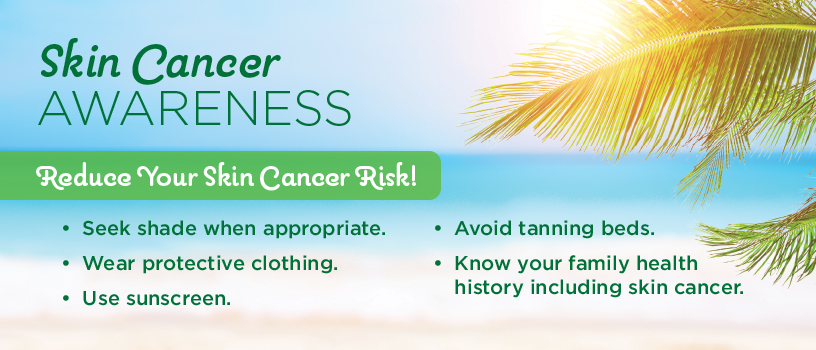

Skin Cancer Health Promotion Resource Toolkit


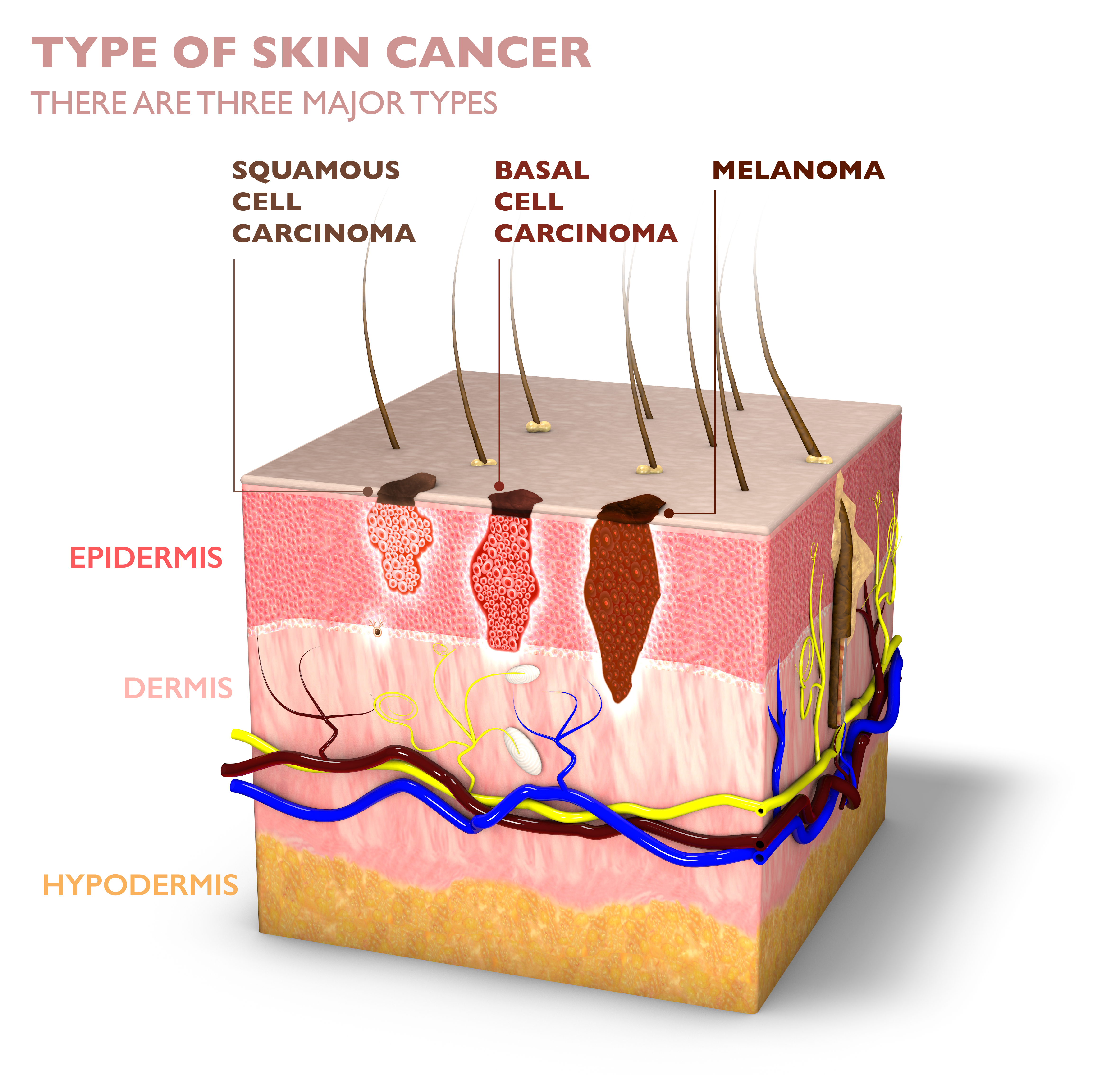
What is Skin Cancer?
Skin cancer is the most common type of cancer. It is also one of the most preventable and highly treatable type of cancers when caught early. Skin cancers are usually grouped in three main types: basal cell, squamous cell carcinomas and melanoma. Basal cell and squamous cell carcinomas are more common than melanoma, the deadliest type of skin cancer.

Risk Factors
These risk factors may increase your chances for developing skin cancer.
- Personal and/or family history of skin cancer.
- Ultraviolet (UV) light exposure from the sun or other sources such as tanning beds and sun lamps.
- A lighter natural skin color or skin that burns, freckles, reddens easily or becomes painful in the sun.
- Certain types and a large number of moles.
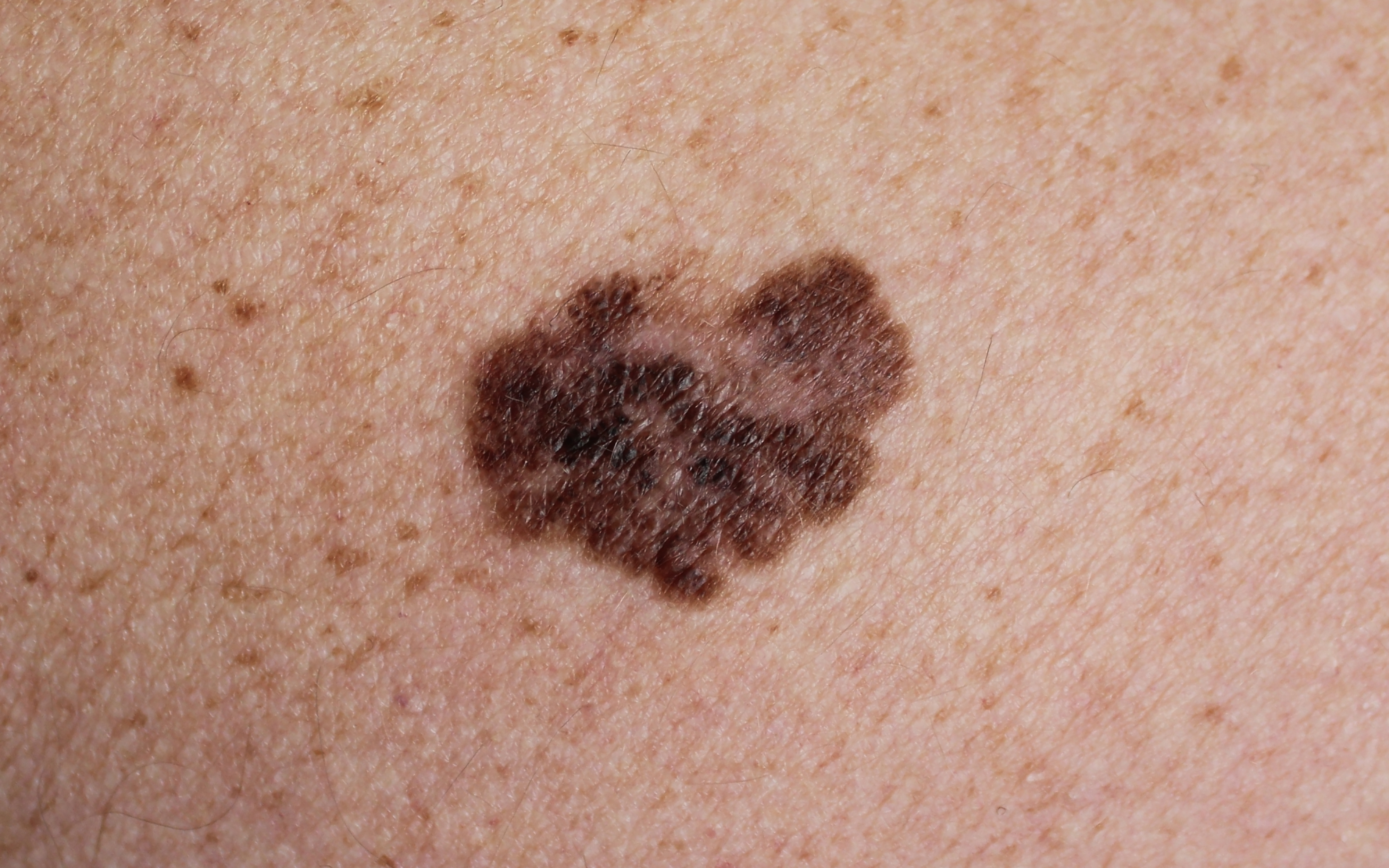
Symptoms
Unlike other types of cancer, you can see skin cancers. This makes it easier to detect them early. Skin cancer appears on the body in many different ways. A change in your skin is the most common sign of skin cancer. Other signs are:
- changing mole or mole that looks different from others, dome-shaped growth,
- scaly patch,
- brown or black streak under a nail and
- non-healing sore or sore that heals.
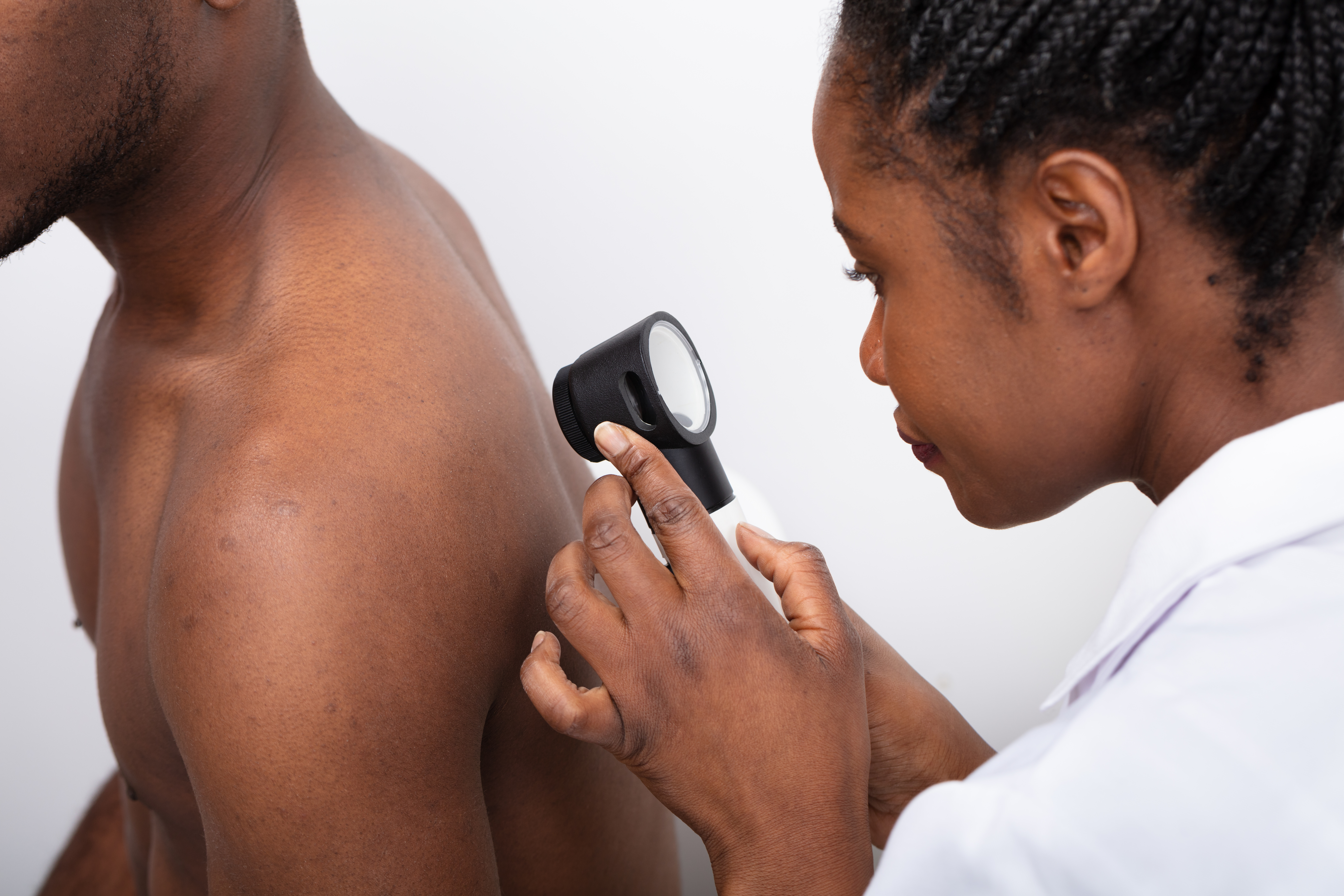
Screening
Screening helps detect cancer earlier. Check your skin regularly for any new or abnormal moles or other growths. If you notice new or suspicious spots on your skin, or if anything changes, itches or bleeds, see a healthcare provider. Perform a skin self-exam by:
Talk to your healthcare provider about when to start and how often to get screened.
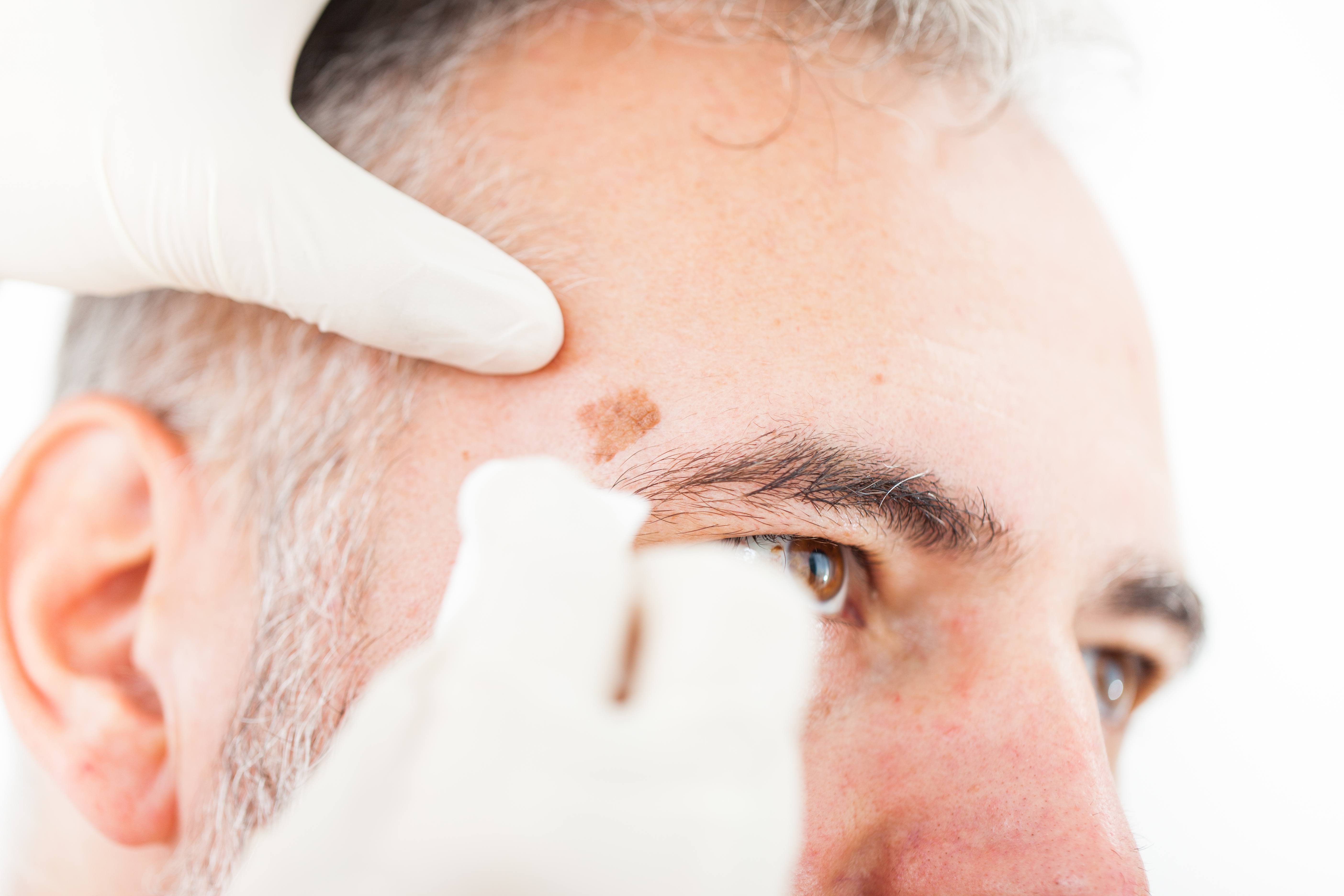
Treatment
Treatment is usually most successful when cancer is detected early. Melanoma treatment options include surgery, chemotherapy, radiation therapy and/or immunotherapy. Basal cell and squamous cell cancers are highly curable when treated early. Several methods of treatment include surgery, cryosurgery, chemotherapy, tissue destruction by electric current and/or radiation therapy.
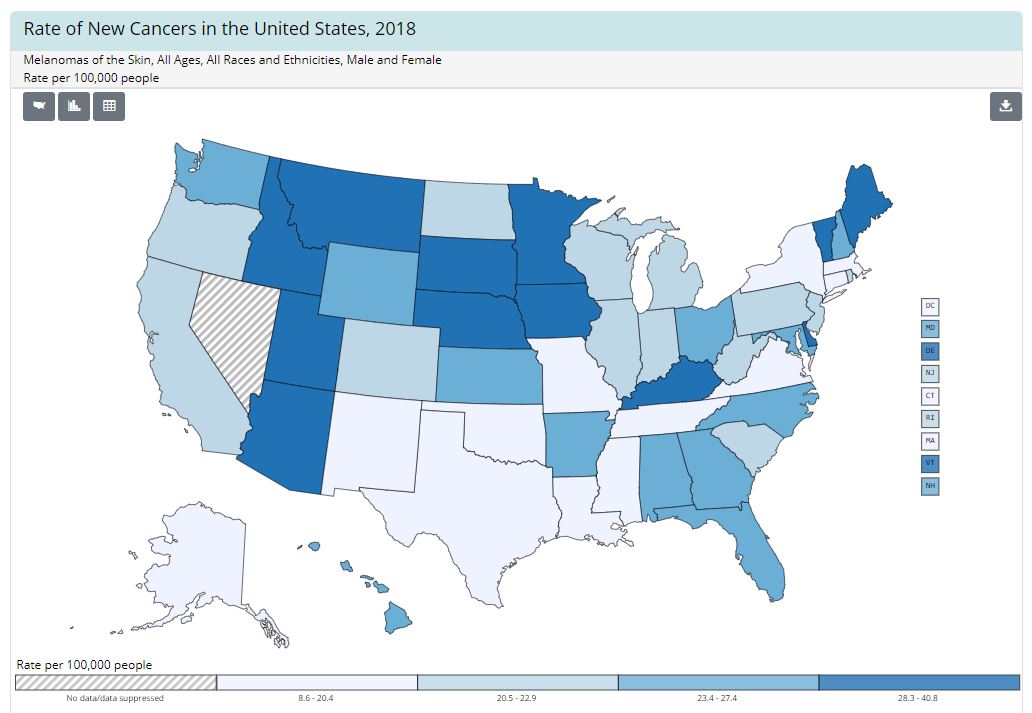
Skin Cancer in NC
There were 3,037 new cases of melanoma identified in North Carolina in 2018 and 290 deaths in 2019. North Carolina ranks 17th in new cases of melanoma in the United States.

Find Skin Cancer Early.
Know your A-B-C-D-Es of melanoma.
A for Asymmetry. One half of a mole or birthmark does not look like the other.
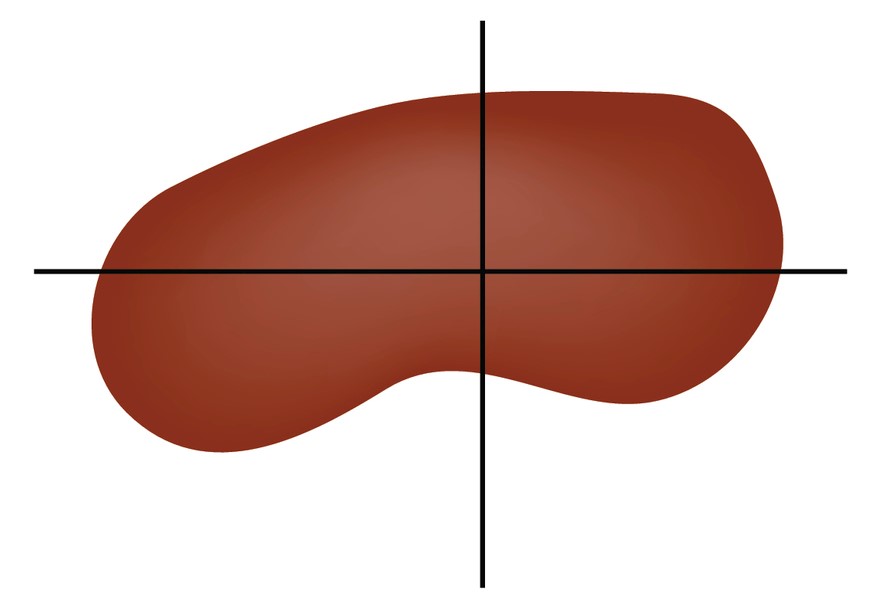
B for Border. The edges are irregular, ragged or poorly defined.
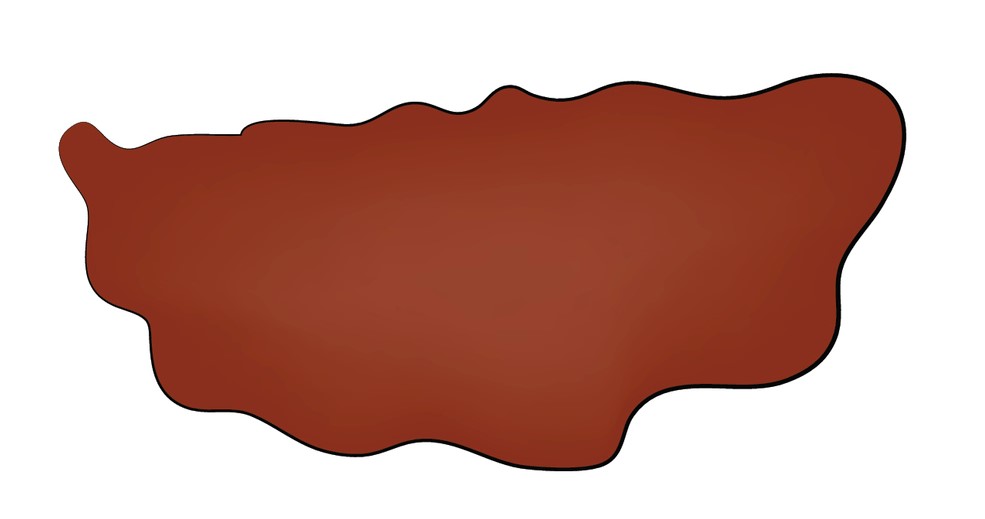
C for Color. The color is not the same all over and may include different shades of brown or black, or some with patches of pink, red, white or blue.
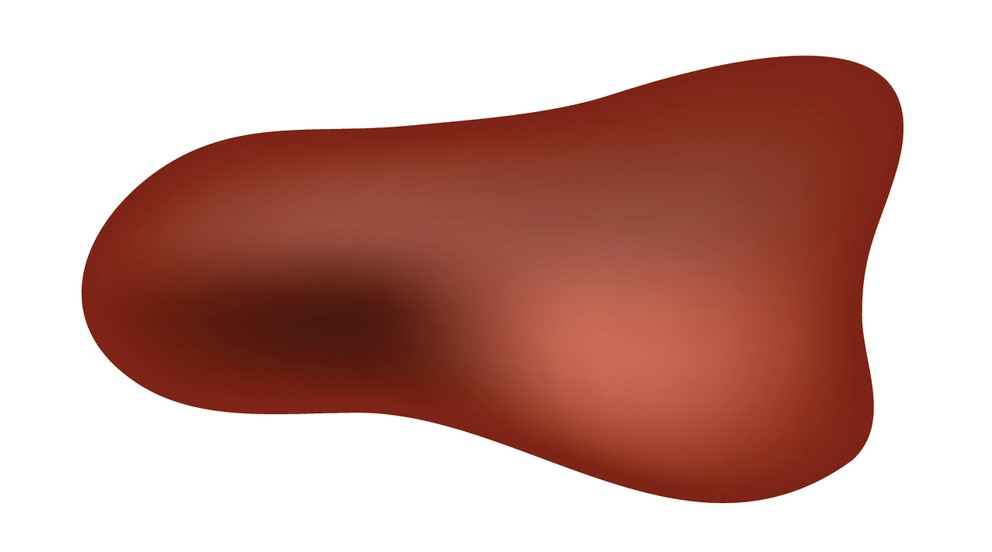
D for Diameter. The spot is larger than 6 millimeters (about the size of a pencil eraser), although melanomas can sometimes be smaller than this.
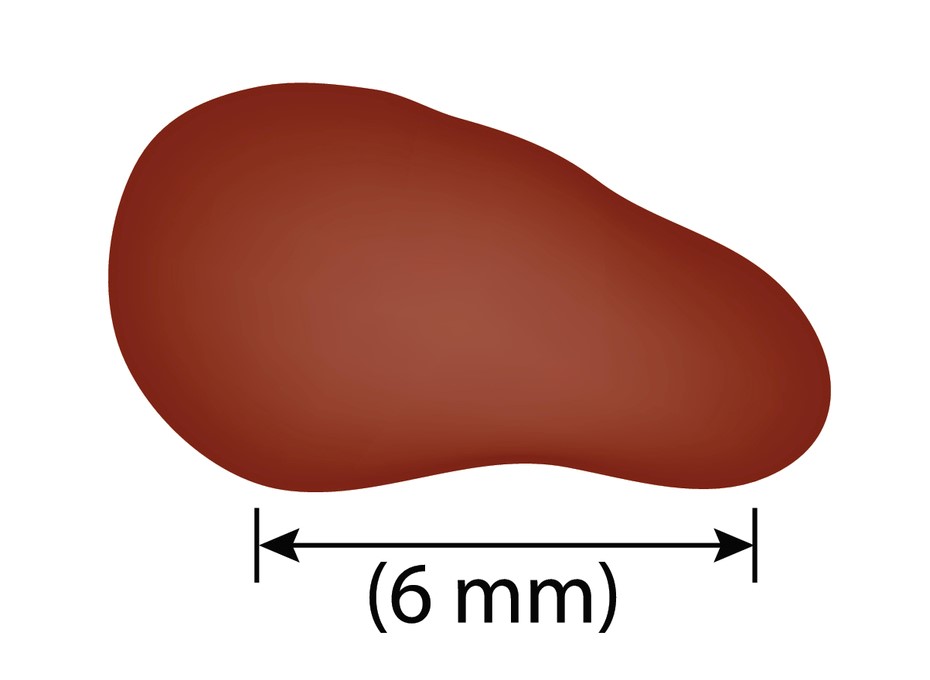
E for Evolving. The mole is changing in size, shape or color.


Take action!
Use My Health Action Plan to set monthly goals to make healthy lifestyle changes.
Don’t wait, start on your
My Health Action Plan today!
You Can Reduce Your Skin Cancer Risk!

Seek shade when appropriate. The sun’s rays are strongest from 10 a.m. to 4 p.m. If your shadow is shorter than you, seek shade.

Wear protective clothing. Choose a lightweight long-sleeve shirt, pants and wide-brimmed hat and sunglasses, when possible.

Use sunscreen. Apply broad spectrum, water resistant sunscreen with an SPF of 30 or higher. Use sunscreen whenever you are outside, even on cloudy days. Reapply sunscreen every two hours.
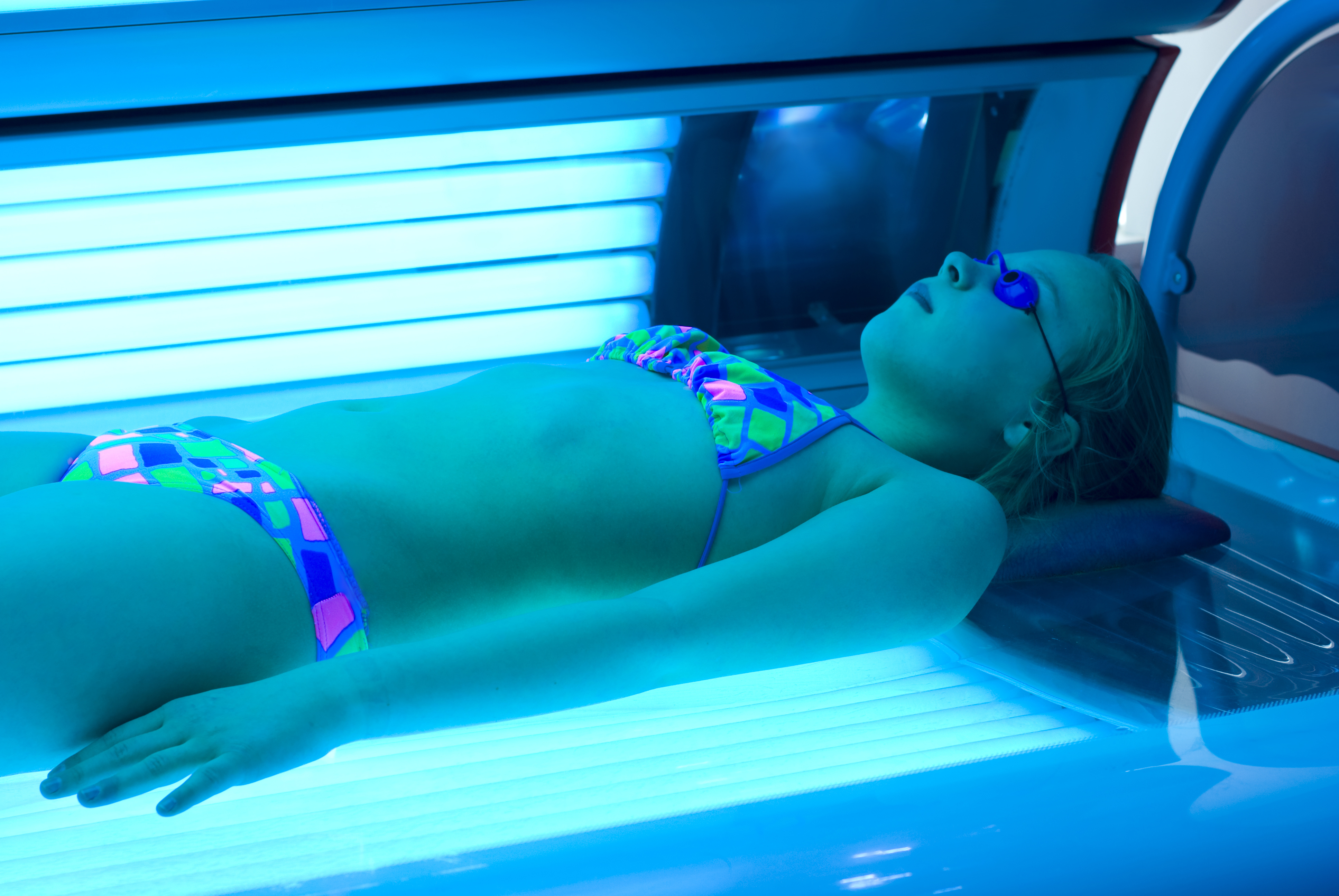
Avoid tanning beds. The ultraviolet lights from tanning beds can cause skin cancer and premature skin aging. Just one indoor session can increase your risk of developing skin cancer (melanoma by 20%, squamous cell carcinoma by 67% and basal cell carcinoma by 29%).

Know your family health history, including skin cancer.
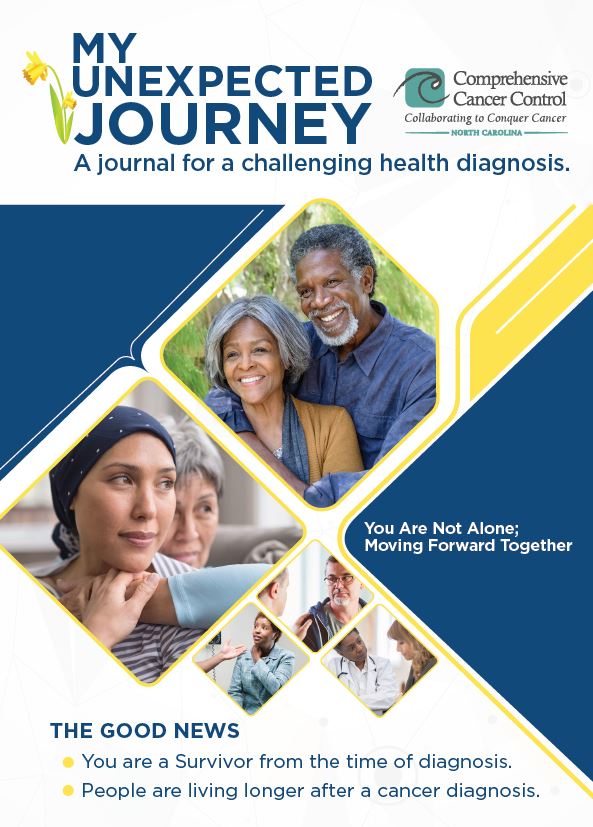
A Cancer Diagnosis is an Unexpected Journey
Talk with your healthcare provider about a health care plan to help track your care and to support your physical and emotional health needs. Ask for a patient navigator. They will help guide you through your journey and connect you to resources and support services. Be your own advocate. Build your support circle. Continue to take steps to be healthy. These steps may help improve your quality of life and lower the risk of your cancer returning.

Checking into a better me:
The how-to guide for optimal health for women.
Use this journal guide to record and track important information about your health history, current medicines, health care providers, appointments, treatments, health numbers, health tips, and screenings all in a convenient checkbook.
Take this guide with you to your check- ups to have the information you might need during your visit, to track your personal health action plan and your healthy living journey. There is space for you to record questions and answers and to take notes.

Way to Play:
Men's Health Playbook
Use this Men’s Health Playbook to keep your body running its best. This tool is designed for men ages 18-45 years. Use it to record your medical history and routine plays. Map out your health goals as you move toward a healthier you!
Be sure to keep your playbook with your other important papers or where you can’t forget it for your next health team meetup.
Need help? Talk to your healthcare provider or visit the resources below.
- American Academy of Dermatology
- American Cancer Society
- Centers for Disease Control and Prevention, Prostate Cancer, Skin Cancer.
- National Cancer Institute
- National Council on Skin Cancer Prevention
- NC DHHS, Cancer Prevention and Control Branch
- NCCARE360
Additional Resources
Visit the Hub NC Comprehensive Cancer Control Program Resource Hub to view all additional resources. Below are a few for quick access.
References
- Centers for Disease Control and Prevention, What are the Risk Factors for Skin Cancer?
- American Academy of Dermatology, Detect Skin Cancer: How to Perform a Skin Self-Exam.
- State Center for Health Statistics, North Carolina Department of Health and Human Resources, Central Cancer Registry.
- American Cancer Society, Signs and Symptoms of Skin Cancer.
- Centers for Disease Control and Prevention, What Can I do to reduce My Risk of Skin Cancer?
Cancer Branch Information
- Breast Cancer
- Cancer Branch Home Page
- Caregiving
- Cervical Cancer
- Colorectal Cancer
- Contact Us
- COVID-19 Resources
- Data
- Health Equity
- Lung Cancer
- NC Advisory Committee on Cancer Coordination and Control
- NC Breast and Cervical Cancer Control Program
- NC Comprehensive Cancer Control Program
- NC Comprehensive Cancer Control Program Resource Hub
- NC WISEWOMAN Project
- Online Resources
- Prostate Cancer
- Skin Cancer
- Survivorship
- Treatment
Last Modified: 05-06-2022

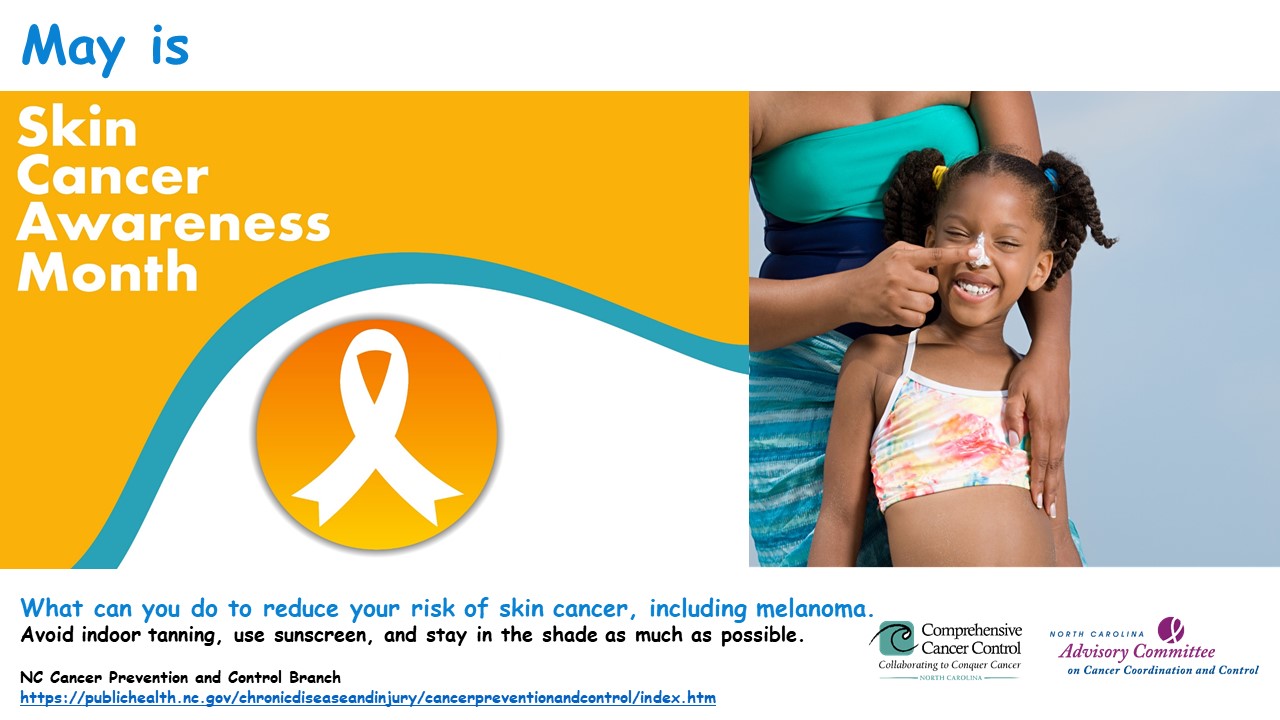
-JPEG.jpg)
-JPEG.jpg)

 Lo que usted debe saber sobre la
Lo que usted debe saber sobre la  Skin Cancer Fact Sheet
Skin Cancer Fact Sheet
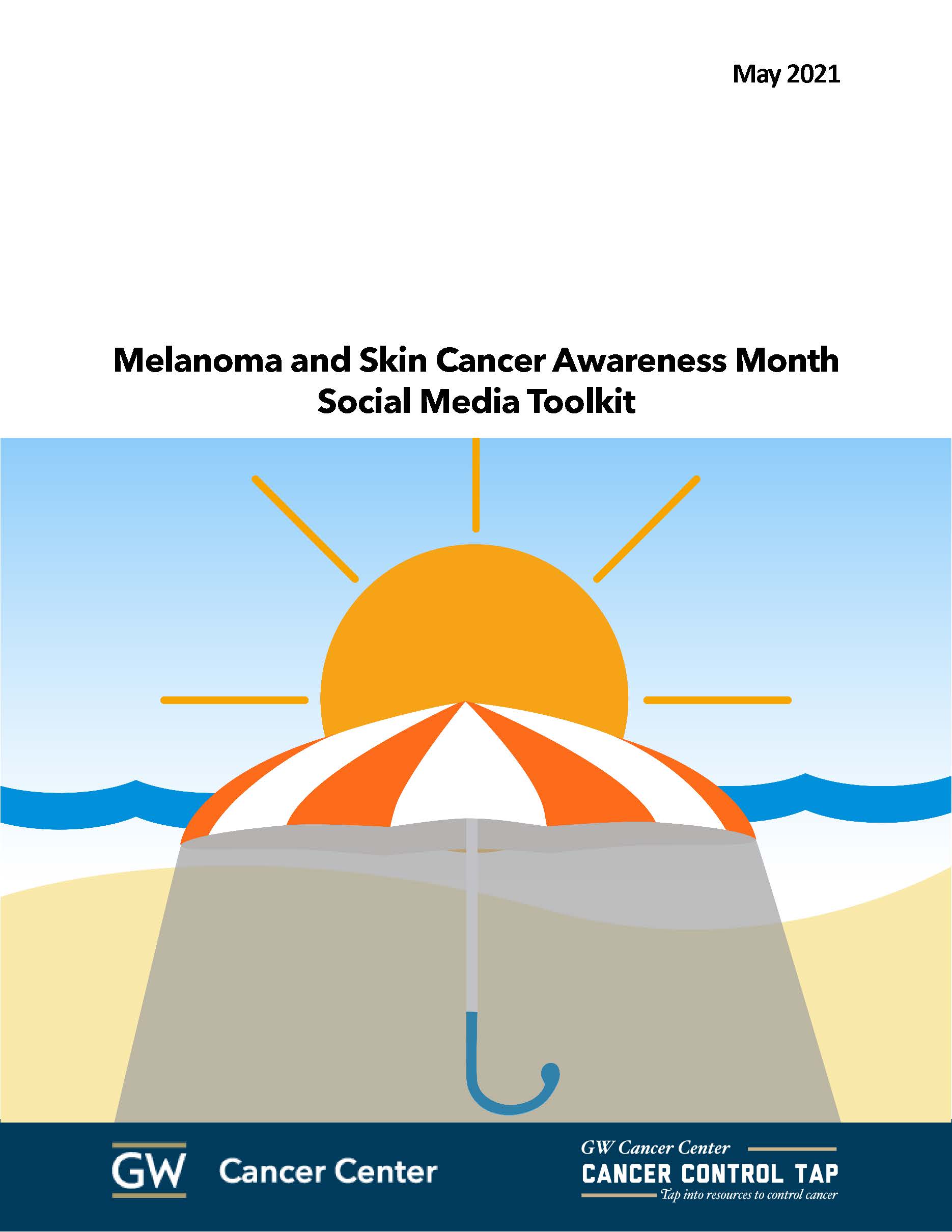 Melanoma Awareness Month Social Media Toolkit
Melanoma Awareness Month Social Media Toolkit
 NC Cancer Plan 2020-2025
NC Cancer Plan 2020-2025
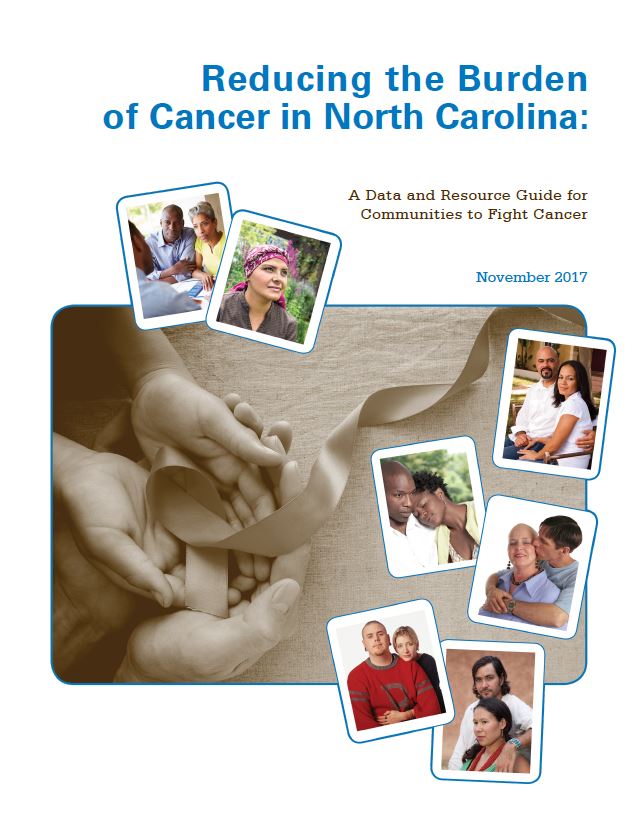 Reducing the Burden of Cancer
Reducing the Burden of Cancer